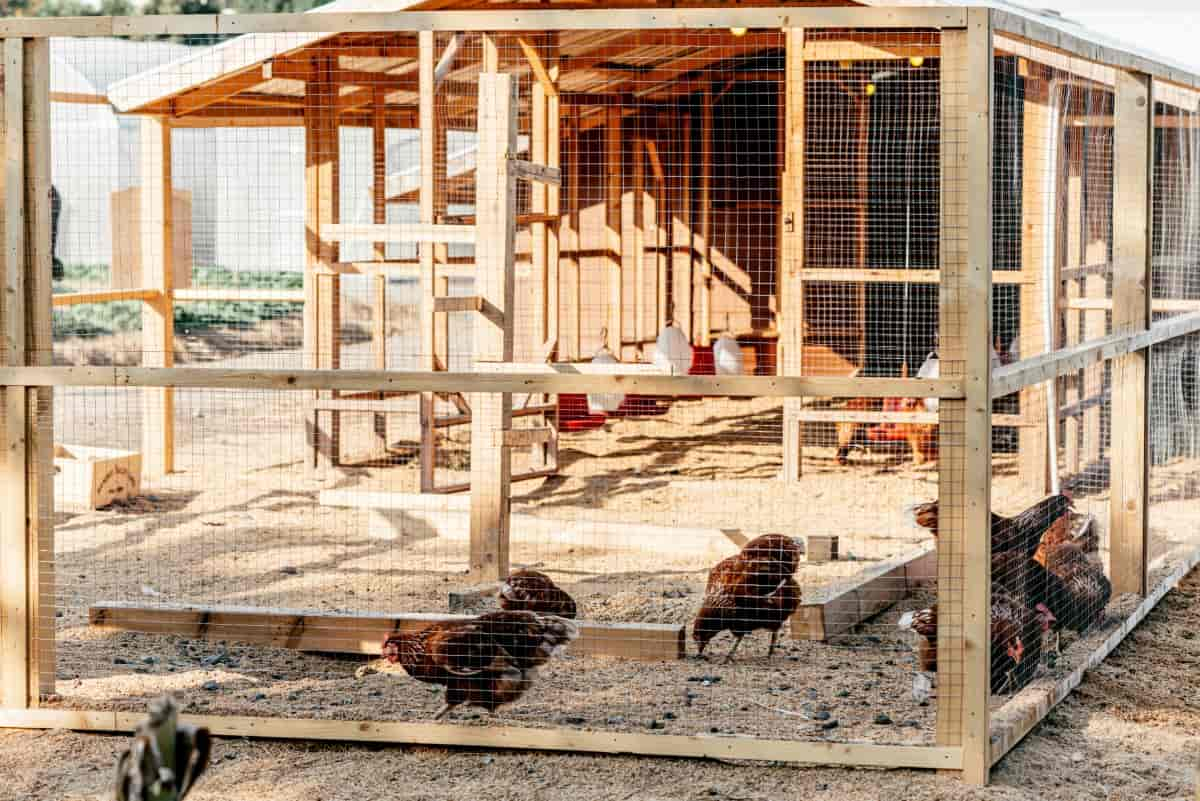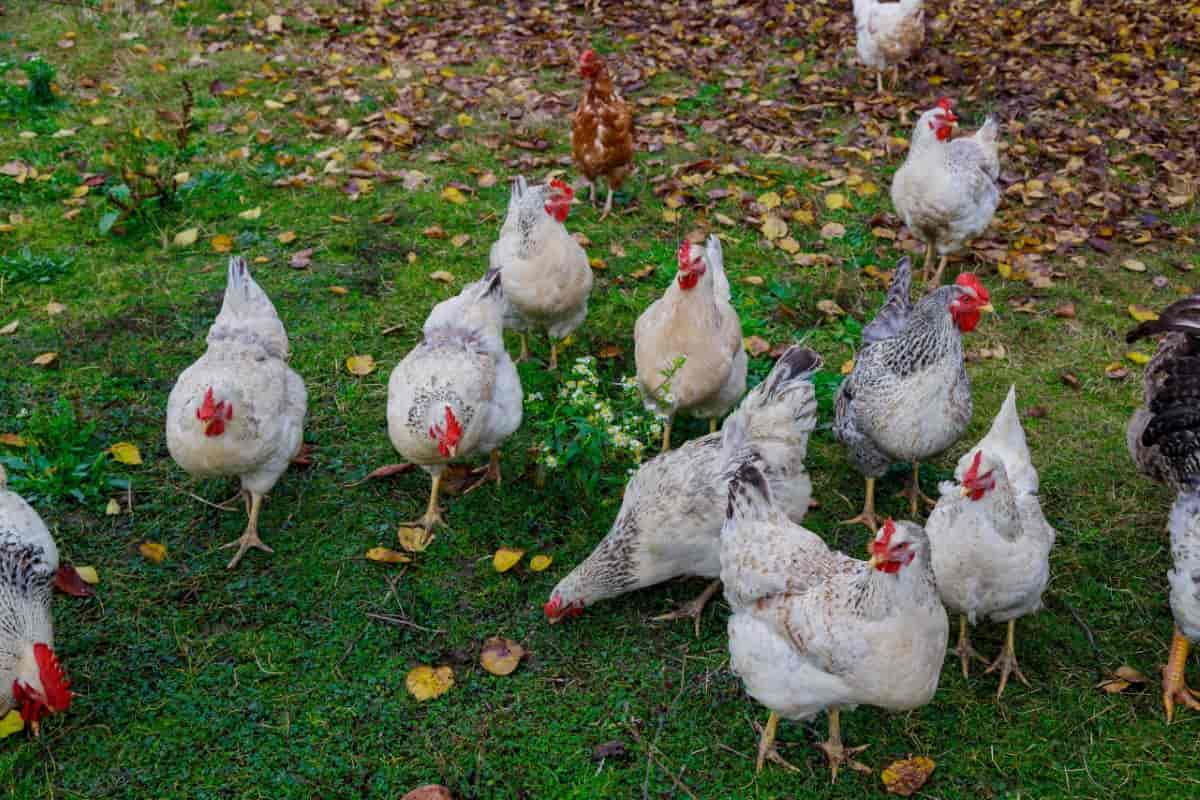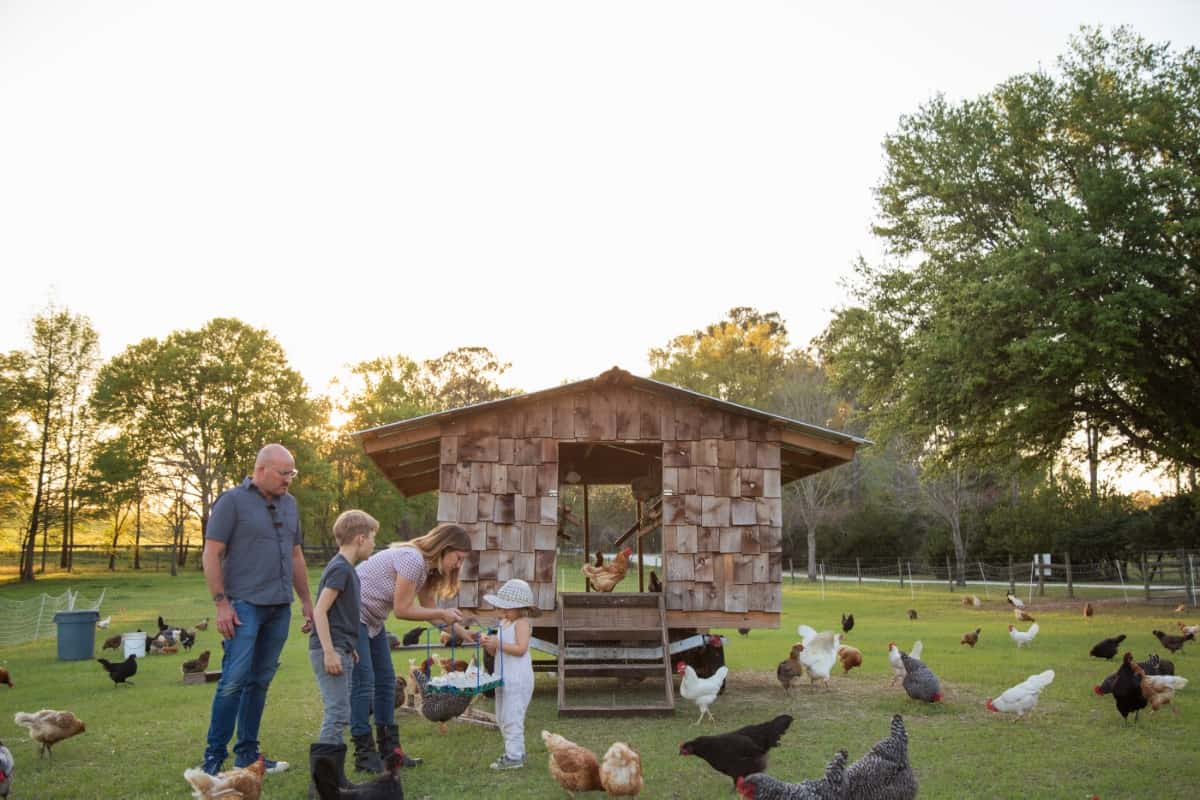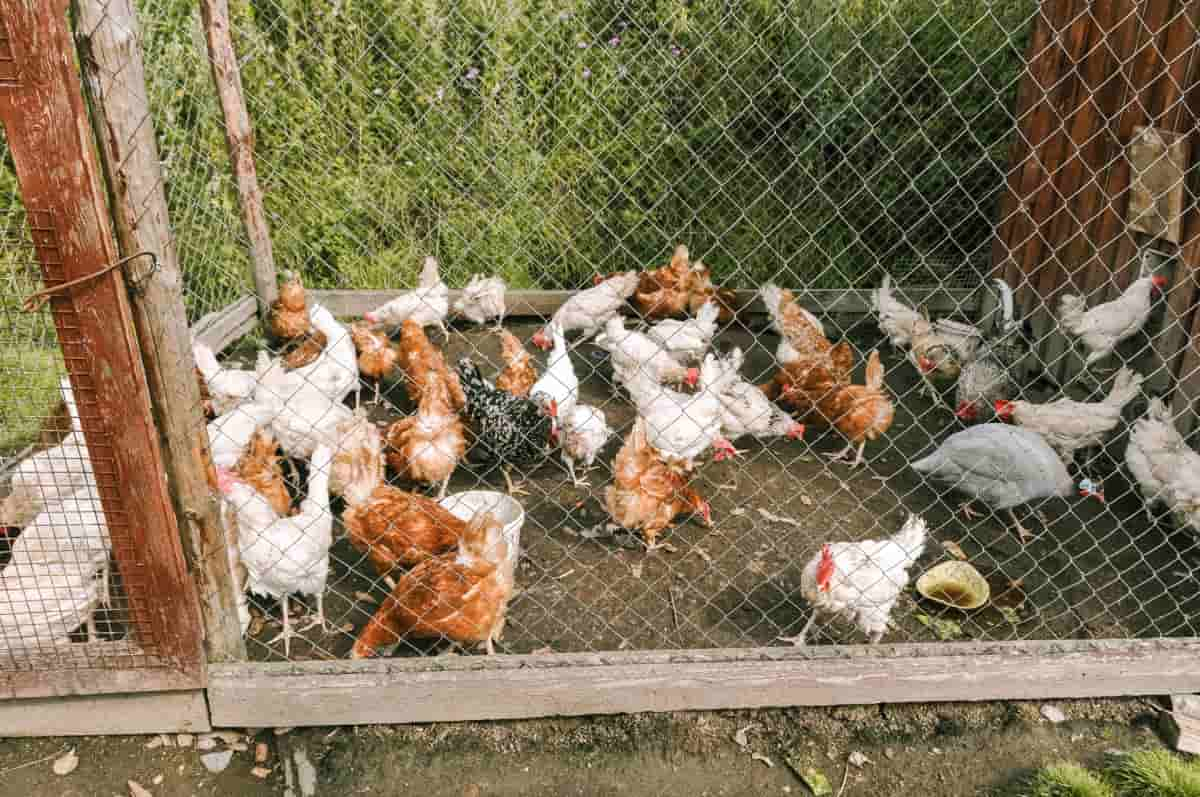Raising backyard chickens has become popular for many seeking a more sustainable lifestyle or simply looking to enjoy fresh eggs. The journey from setting up your coop to collecting your first eggs involves various costs and considerations. This guide aims to break down the financial aspects of backyard poultry, focusing on initial setup costs, ongoing expenses, and tips for raising backyard chickens on a budget.

Understanding the economics behind backyard chicken farming can help budget for backyard chickens effectively. From the initial cost of coop construction and chick purchase to monthly expenses like feed and health care, cost-effective backyard poultry care involves choosing economical backyard chicken breeds, affordable backyard chicken setups, and DIY solutions like building low-cost backyard chicken coops. By carefully planning and implementing strategies for saving money on backyard chickens, enthusiasts can enjoy the rewards of fresh eggs and companionship without breaking the bank.
Cost of Raising Backyard Chickens
Initial Planning
Research and Legal Considerations
Before diving into backyard chickens, it’s essential to research local laws and regulations, as some areas may have restrictions or require permits. This initial step ensures that your investment in backyard poultry startup expenses aligns with legal requirements, avoiding potential fines or needing to rehome your birds. Understanding these regulations helps in planning a compliant and cost-effective setup.
Choosing the Right Chicken Breed
Selecting the right breed is crucial for a successful backyard flock. Economical backyard chicken breeds suit your climate and meet your egg-laying or meat production needs while keeping initial costs low. Some breeds are more hardy and require less maintenance, which can reduce backyard chicken healthcare costs in the long run.
Coop Construction
Coop Size and Design
The size and design of your chicken coop directly impact your chickens’ health and happiness. A well-designed coop provides adequate space for your birds to live and lay comfortably. Coop construction or purchase can range from $200 to $2,000, with DIY backyard chicken coop costs often lower than pre-fabricated options, allowing for a more personalized and budget-friendly approach.
Materials and Building Costs
Materials for building a coop can vary widely in cost, from repurposed items to new purchases. Economical choices and DIY projects can significantly reduce expenses. Building your coop can save money, with costs largely depending on the materials used and the coop size required for your flock.
Coop Accessories and Essentials
Feeders and Waterers
Proper feeders and waterers are essential for maintaining a healthy flock and minimizing waste. Durable, rodent-proof feeders range from $15 to $50, and waterers can cost between $10 and $50, with climate-appropriate options such as heated waterers for cold weather adding to the expense.
Lighting and Ventilation Systems
Supplemental lighting, costing about $10 to $50 for setup, is necessary for maintaining egg production during shorter winter days. Proper ventilation is crucial for the health of your chickens, with costs varying based on the complexity of the system and the materials used.
Chick Purchase
Day-Old Chicks vs. Mature Birds
The choice between day-old chicks and mature birds affects the initial investment and care requirements. Chicks require more care but are usually cheaper, costing between $3 and $25 per bird, while mature chickens can provide eggs sooner but at a higher initial cost.
Hatchery Prices and Shipping
Prices for chicks can vary based on breed, quality, and the incubator’s reputation. Shipping costs can also add to the initial investment, especially for rare or high-demand breeds, making local purchases or pickups a more budget-friendly option.
In case you missed it: Ultimate Guide to Cinnamon Queen Chicken: A Comprehensive Guide for Beginners

Feeding Costs
Starter and Layer Feed
Feed is a recurring expense, with starter and layer feed costing between $15 and $40 monthly. The choice of organic or specialty feeds can increase this cost, making it essential to balance nutritional needs with budget constraints.
Supplements and Treats
Supplements and vitamins necessary for optimal health and egg production can add $5 to $20 per month to your expenses. Treats and enrichment, costing about $5 to $20 per month, keep your chickens healthy and entertained but should be budgeted for accordingly.
Bedding Materials
Types of Bedding
Choosing the right bedding material impacts your flock’s health and your budget. Options like pine shavings are popular, but costs, which can range from $5 to $30 per month, depend on the size of your coop and the availability of materials.
Quantity and Cost
The quantity and cost of bedding required will vary based on the number of chickens and the coop’s size. Regular replacement is necessary to maintain hygiene and health, contributing to the monthly expenses of backyard chicken care.
Health and Veterinary Care
Routine Checkups
Regular health check-ups and preventative care, including deworming and vaccinations, are vital for maintaining a healthy flock. Depending on local veterinary rates and your chickens’ specific needs, these services can cost between $10 and $50 annually.
Common Medications and Treatments
Common medications and treatments for ailments can vary in cost, with an annual budget of $10 to $50 being a reasonable estimate for a small flock. Proactive health management can minimize these expenses over time.
In case you missed it: Mericanel Della Brianza Chicken: Profile, Raising, Diet, Egg-production, Price, and Care

Predator Protection
Fencing and Security Measures
Protecting your chickens from predators is crucial for their safety and your peace of mind. Fencing and security measures can cost from $50 to $500, depending on the size of the protected area and the materials used.
Predator Deterrents
Investing in predator deterrents like motion-activated lights or alarms can add an extra layer of security. The costs depend on the system’s complexity and effectiveness.
Utility Costs
Heating and Cooling
Depending on your climate, heating and cooling systems may be necessary to keep your chickens comfortable. These utilities can add to the cost of raising backyard chickens, with expenses varying based on the systems used and local climate conditions.
Water Consumption
Water consumption costs can be minimal but should not be overlooked when budgeting for backyard chickens. Ensuring a fresh, clean water supply is essential for the health of your flock.
Ongoing Maintenance and Upkeep
Repair and Replacement Costs
Regular maintenance of the coop and accessories is necessary to ensure the longevity of your setup. Repair and replacement costs should be factored into your budget, emphasizing preventative maintenance to avoid larger expenses down the line.
Time Investment
While not a direct financial cost, the time investment in caring for backyard chickens is significant. The daily commitment to feeding, cleaning, and health checks requires a dedication that potential chicken keepers should consider when planning their backyard flock.
In case you missed it: Creative and Practical DIY Chicken Coop Roof Ideas for Every Backyard

Conclusion
Raising backyard chickens offers a rewarding experience, providing fresh eggs and the joy of connecting with nature right in your yard. However, the journey requires careful financial planning, from the initial cost of backyard chickens, including coop construction and chick purchase, to ongoing expenses like feed costs and health care.
By choosing economical backyard chicken breeds, implementing cost-effective backyard poultry care, and exploring DIY options like building your low-cost chicken coops, enthusiasts can enjoy the benefits of backyard poultry while adhering to a budget. Ultimately, with thorough research, budgeting for backyard chickens, and a commitment to reducing costs, the investment in backyard chickens can lead to a sustainable and fulfilling venture in backyard farming.
- Feed Your Flock for Less: Top 10 Tips to Save on Chicken Feed
- Ultimate Guide to Ossabaw Island Hog: Breeding, Raising, Diet, and Care
- Hatching Answers: The Top 10 Reasons Your Chickens Aren’t Laying Eggs
- Eggs and Economics: Breaking Down the Cost of Raising Backyard Chickens
- Defend Your Greens: Proven Methods to Keep Iguanas Out of Your Garden
- Ultimate Guide to Cinnamon Queen Chicken: A Comprehensive Guide for Beginners
- Ultimate Guide to California Tan Chicken: Breeding, Raising, Diet, Egg-Production and Care
- Ultimate Guide to Marsh Daisy Chicken: Breeding, Raising, Diet, and Care
- 10 Types of Chicken Farming Businesses You Can Start for Profits